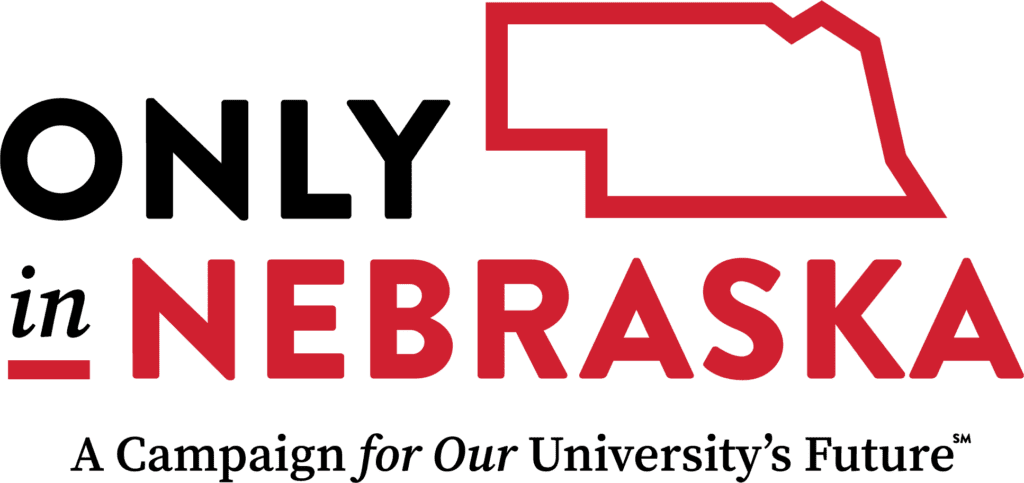UNO’s 3,500-ft. classroom
The Flying Mavs won the Region 5 Safety and Flight Evaluation Conference Meet for the second straight year.
Posted:
vie, nov 19, 2010
Flying scares people.
It makes them peer into the cockpit before the door closes and pray the pilots know what the heck they’re doing with all those levers and lights.
Flying inspires people. It makes them look up into the sky and see the possibilities of human invention and guts.
And for many people, like University of Nebraska at Omaha junior Tyler Klingemann, it can do both. He was 8 when he first stepped on an airplane. Destination: Disneyworld. The night before the trip, he cried. He couldn’t sleep. The thought of flying churned his guts.
But it wasn’t because he thought the plane would crash.
He smiles.
“I’d watched something on The Travel Channel,” he says, “and I saw one of the people joking about how they basically gave the people in the back of the plane just dirt and worms to eat.
“I actually thought we were going to get dirt and worms.”
After the trip, he bragged to his friends about the trip – not about Disneyworld, but about the flight.
Now Klingemann competes for a UNO team that many people don’t even know exists, yet one that’s earned bragging rights the past several years.
The Flying Mavs.
This October – for the second straight year – he and the other young pilots of the flight team won the Region 6 Safety and Flight Evaluation Conference air meet, which was held at Kansas State-Salina. They beat seven teams including Oklahoma, Oklahoma State and Kansas State.
In May, they will head to nationals at Ohio State University.
“Every region has a team that dominates that region,” Klingemann says. “And that’s the reputation we’re going for right now – to be the team to beat in Region 6.”
The team, in its 18th year, is part of the UNO Aviation Institute, a program of the College of Public Affairs and Community Service. The student pilots practice on the institute’s flight simulator in the basement of the CPACs building and in two Cessnas at the Council Bluffs airport.
Over the course of the school year, each of the Flying Mavs practice more than 180 hours to prepare for competitions. Many of them, like Klingemann, want to become flight instructors, corporate pilots or airline pilots.
Klingemann says he’s also considering going into the Nebraska Air Guard.
Professionalism is one of the biggest issues in the aviation industry right now, says team co-captain Zach Ossino, a senior from Omaha who, like Klingemann, first became interested in flying as a little kid. (Ossino thinks his spark came from staring at the toy planes hanging from the ceiling at his dentist’s office.)
Pilots who hope to get hired, Ossino says, must be well-rounded people good in math, writing and communicating. They must show up on time. The must work as a team.
These are skills, he says, that being part of the Flying Mavs helps develop.
“So all the safety issues that go on with pilots – fatigue, knowing your information, performing adequately, working as a team – really all come together in flight team.”
And it’s fun.
They’re tested on the ground and the air – navigating, identifying aircraft, flying routes. In an event called aircraft preflight, the students are asked to find the “bugs” in an aircraft, such as wires that have been intentionally crossed or screws that are missing.
The most exciting events, Ossino says, are the precision landing events. Pilots must try to land on a line of chalk that’s been drawn across the runway. In one of those events, they land with their engines idle.
As with golf, the low score wins.
“This precision flying is exactly what you need when you’re going to fly professionally,” Ossino says, “because when you’re out by yourself, it’s OK to have a bumpy landing or miss your point a little bit because no one’s there judging you.
“But when there’s an audience of 400 behind you in a 747, it’s essential to be on your mark.”
Running the flight team costs about $25,000 a year. Almost all of the team’s funding comes from private donations. So far this year, according to Coach Scott Vlasek, the team has raised about half of its goal.
The money allows students to compete with virtually no additional costs. In the past, he says, students have had to pay around $700 out of their own pockets to be on the team.
Klingemann received an academic scholarship supported by donors to the institute. He already works two part-time jobs.
“That’s where the scholarships really come in handy,” he says, “because it allows me not to work as much. “Any chance we get to save money through scholarships or sponsors is great, because that takes a lot of pressure off of us.”
Colby Ranslem, a junior from Fremont, Neb., also won an academic scholarship through the institute.
“It’s definitely helped out a lot with just relieving the pressure of flight training so I can just continue doing that,” he says, “rather than laying off and waiting until I have enough money to do it.”
Jet Linx Aviation is the team’s title sponsor. The Nebraska Business Aviation Association also is a sponsor. Before the team had sponsors, many students who wanted to be part of the team just couldn’t be.
Says Ossino: “That’s really made it possible for us to build the team to where it is today.”
To learn ways to help support the Flying Mavs, please contact the University of Nebraska Foundation’s Susan Schnase at 402-502-4105 or sschnase@nufoundation.org or go to nufoundation.org/flightteam.





